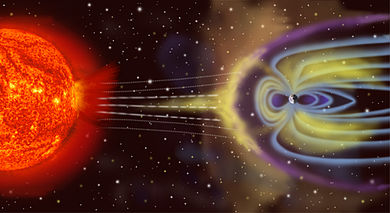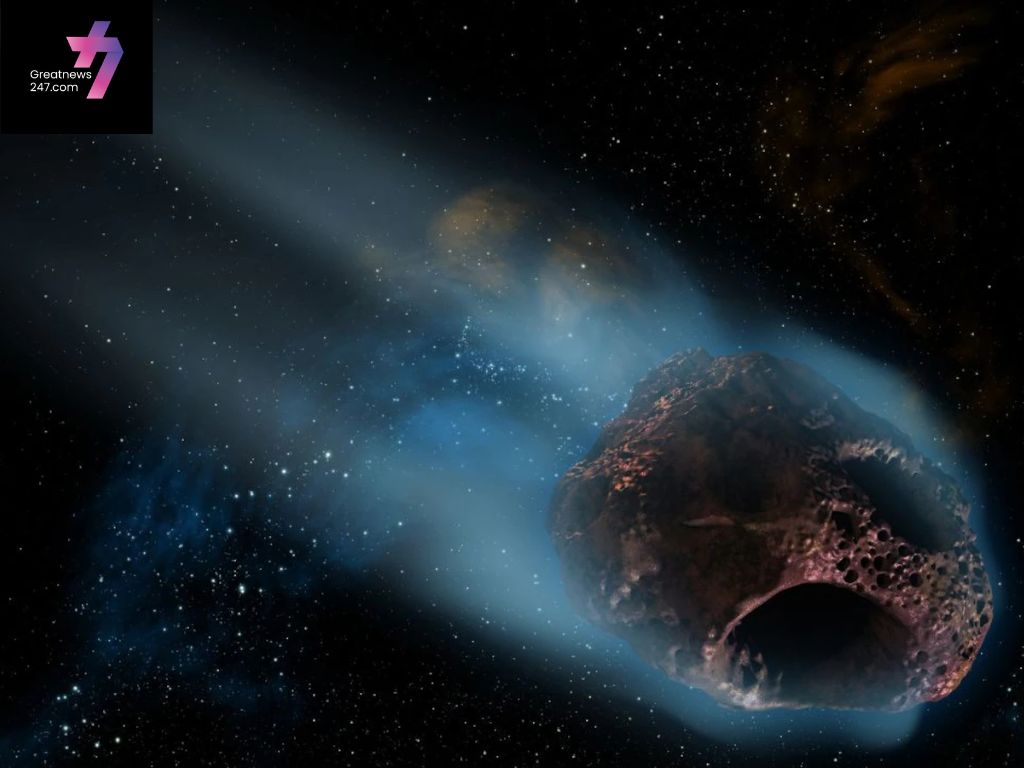ISRO Shares Chandrayaan-3 Scientific Data with Global Researchers
The Indian Space Research Organisation (ISRO) has taken a significant step in advancing lunar science by releasing the scientific data from its Chandrayaan-3 mission to researchers around the world. This move marks a milestone in the international scientific community’s understanding of the Moon and underscores India’s growing role in space exploration.
Chandrayaan-3 Mission Overview
Chandrayaan-3 is India’s latest lunar exploration mission, launched by ISRO with the primary objective of demonstrating the ability to perform a soft landing on the Moon’s surface. The mission follows the Chandrayaan-2 mission, which, despite a successful lunar orbit insertion, experienced a hard landing attempt. Chandrayaan-3 was designed to build on the lessons learned and achieve a successful soft landing, furthering India’s ambitions in space exploration.
The Chandrayaan-3 mission comprises a lander, named Vikram, and a rover, named Pragyan. It was launched on July 14, 2023, and successfully landed on the Moon’s south pole on August 23, 2023. This landing area is particularly significant due to its potential for valuable resources and scientific discoveries, including water ice.
Release of Scientific Data
ISRO’s decision to release the scientific data from Chandrayaan-3 represents a commitment to transparency and international collaboration in space research. The data includes detailed information collected by the mission’s instruments, which have been analyzing the lunar surface, measuring the composition of soil and rocks, and capturing high-resolution images of the terrain.
Dr. S. Somanath, Chairman of ISRO, emphasized the importance of this data release: “Our goal is to foster global scientific collaboration. By sharing the data from Chandrayaan-3, we hope to contribute to the broader understanding of lunar science and stimulate new research and discoveries.”
Impact on Global Research
The availability of Chandrayaan-3’s data opens up numerous opportunities for researchers worldwide. Scientists from various countries can now access this rich dataset to conduct their own analyses and contribute to a more comprehensive understanding of the Moon’s geology and environment. The data will help in studying the Moon’s surface composition, geological processes, and potential resources.
Dr. Priya Rao, an astrophysicist at a leading international space research institute, noted, “The data from Chandrayaan-3 is a treasure trove for researchers. It provides insights into areas of the Moon that have been less explored and could lead to new discoveries about its formation and history.”
Data Access and Collaboration
The scientific data from Chandrayaan-3 is being made available through ISRO’s official platforms and international collaborations. Researchers interested in accessing the data can do so by applying through ISRO’s designated channels. The organization has also established partnerships with several global space agencies and research institutions to facilitate data sharing and collaborative studies.
This collaborative approach aligns with the global trend towards open science, where data is shared openly to encourage collective advancements in knowledge. By providing access to its data, ISRO is not only promoting scientific progress but also reinforcing its position as a key player in the international space community.
Future Prospects and Mission Goals
The release of Chandrayaan-3 data is part of ISRO’s broader strategy to engage with the global scientific community and enhance the impact of its space missions. Looking ahead, ISRO has ambitious plans for future lunar missions and other space exploration projects.
The success of Chandrayaan-3 has set the stage for further exploration and research. ISRO is already working on new missions, including Chandrayaan-4, which aims to continue the exploration of the Moon and expand the understanding of its polar regions.
Community and Educational Impact
The data release also has implications beyond the realm of professional research. Educators and students can benefit from the information provided by Chandrayaan-3, using it as a valuable resource for educational purposes. By fostering an interest in space science and exploration, ISRO is contributing to the next generation of scientists and engineers.
Dr. Rajesh Kumar, an educational outreach coordinator, highlighted the educational value: “Access to real data from space missions can inspire students and provide them with practical insights into space science. It’s an excellent opportunity for them to engage with cutting-edge research.”
Conclusion
ISRO’s release of the Chandrayaan-3 scientific data to global researchers is a landmark development in lunar science and international collaboration. By making this data accessible, ISRO is not only advancing our understanding of the Moon but also promoting a spirit of cooperation and shared discovery in space exploration. As researchers around the world delve into this data, it is expected to lead to new insights and innovations, further enhancing the collective knowledge of our celestial neighbor.



